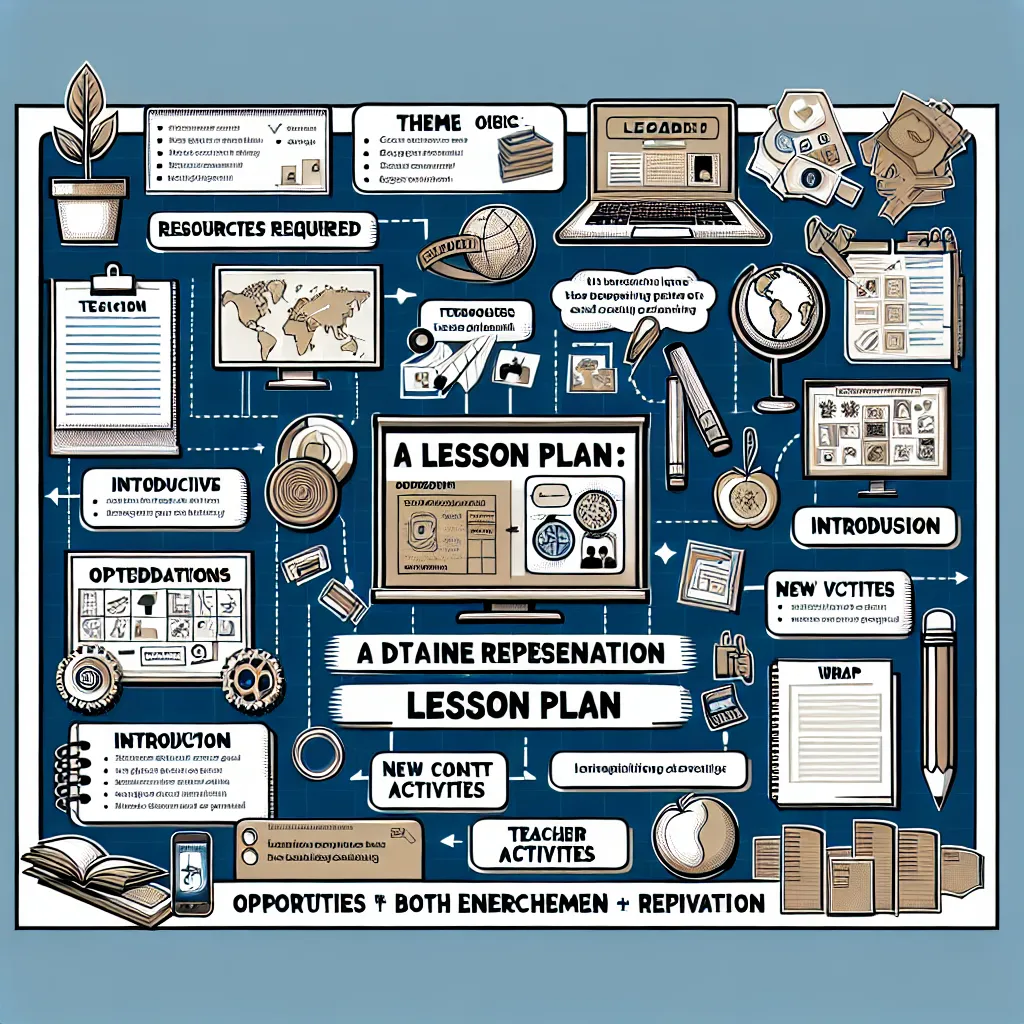Ask AI on The Internet
Question: 1.2 In a short essay, using your OWN words, choose a curriculum approach that YOU think has similarities to the CAPS that teachers use in most South African classrooms, and write your essay according to the following assessment criteria: Assessment criteria: • Identify which approach is in line with the CAPS (motivate). (5) • What are the assumptions of this approach? (5) • Discuss the curriculum implications for teachers and learners using this approach. (5) • Justify how you will implement this approach in your own subject. (5)
**Identifying a Curriculum Approach Similar to CAPS** The Curriculum and Assessment Policy Statement (CAPS) used in most South African classrooms is closely aligned with the behaviorist approach to curriculum development and instructional delivery. This choice is motivated by the structured, linear, and outcomes-based nature of both CAPS and the behaviorist approach. The similarities stem primarily from their focus on clear, measurable objectives and a systematic methodology for achieving these goals. **Assumptions of the Behaviorist Approach** The behaviorist approach to education operates on several core assumptions: 1. Learning is a change in observable behavior. 2. External stimuli and reinforcement play a crucial role in learning. 3. Learning outcomes can be assessed and measured objectively. 4. The teacher’s role is to deliver structured content and ensure students practice until mastery is achieved. 5. Individual differences in learning styles are less emphasized; the focus is on the uniformity of learning outcomes. **Curriculum Implications for Teachers and Learners** Using the behaviorist approach within the CAPS framework has significant implications for both teachers and learners: 1. **Teachers**: - Teachers are required to follow a specific sequence of content delivery, ensuring that each lesson aligns with the predetermined outcomes. - They spend significant time on planning, ensuring that their lessons meet the CAPS objectives and facilitate measurable learning. - Teaching methods lean heavily on reinforcement, repeated practice, drills, and frequent assessments to monitor progress. - Teachers act as the primary source of knowledge, often utilizing textbooks and standardized materials to guide instruction. 2. **Learners**: - Learners engage in a structured learning environment where clear expectations and goals are set. - They participate in frequent assessments, allowing for immediate feedback and opportunities to improve or correct errors. - The focus on observable behaviors means that practical skills and rote memorization are emphasized, sometimes at the expense of critical thinking and creativity. - Learners are motivated through a system of rewards and consequences tied to their performance. **Justifying the Implementation in My Own Subject** In implementing this behaviorist approach within my own subject, I would take the following steps: 1. **Define Clear Learning Objectives**: I would begin by breaking down the curriculum into specific, measurable learning outcomes that align with CAPS. Each lesson would have clear objectives that students need to achieve. 2. **Structured Lesson Plans**: My lesson plans would be meticulously organized, ensuring that each segment of the lesson builds on the previous one and contributes to the overall learning goals. I would use a variety of materials, such as textbooks, worksheets, and multimedia resources, to reinforce key concepts. 3. **Frequent Assessments and Feedback**: By incorporating regular quizzes, tests, and observational assessments, I would ensure that students receive continuous feedback. This would help me identify areas where they struggle and need additional support or practice. 4. **Reinforcement and Rewards**: To keep students motivated, I would employ a system of rewards for achievements, such as praise, certificates, or other incentives. Conversely, I would also implement appropriate consequences for lack of effort or disruptive behavior. 5. **Practice and Drill**: Recognizing the importance of practice in behaviorist theory, I would include ample opportunities for students to practice new skills until they reach proficiency. This might involve homework assignments, in-class activities, and collaborative exercises. Through this structured, outcome-focused approach, I believe that both students and I would benefit from a clear, organized pathway to achieving educational success, in line with the CAPS framework.
Think your answer is better than the AI's? Post it below.
Other Most Relevant Posts:
 1. **CAPS Overview: Key Educational Topics**
2. **Time Frames for Senior Phase Subjects**
3. **Math Skills in CAPS**
4. **Initial Mathematics Learning Outcomes**
5. **Language Teaching in CAPS**
1. **CAPS Overview: Key Educational Topics**
2. **Time Frames for Senior Phase Subjects**
3. **Math Skills in CAPS**
4. **Initial Mathematics Learning Outcomes**
5. **Language Teaching in CAPS**
Question Tags
If you want your question answered by an AI, click here.






Post your own comment: